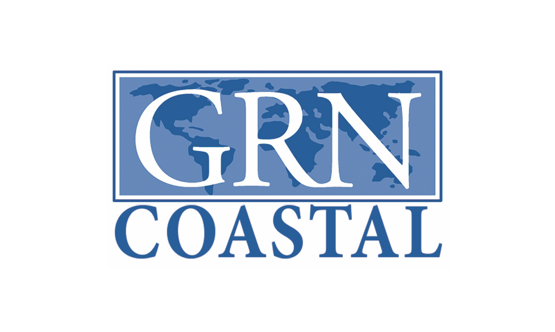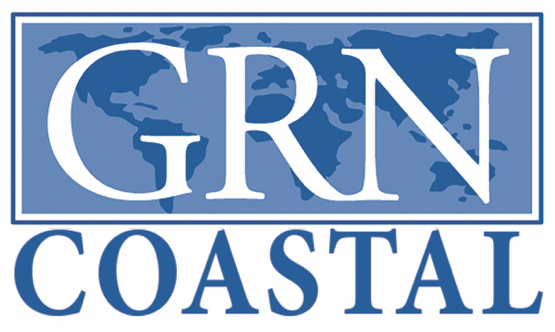The pandemic continues to bring employers many challenges, but the biggest challenge is where employees can work. You can hardly look at news articles related to the job market without seeing stories about working from home or hybrid/flexible work locations. We’ve even blogged about it several times – Work from home is here to stay and 7 recruiting and hiring trends for 2021. Being flexible with working from home and flexible with work locations is your top advantage in a tight labor market – where the battle for top talent is fierce.
Flexibility in work location will vary by role
When we look at the industries we service, the work setting was traditionally in the office regardless of the role you had. Some roles such as warehouse, counter, will-call, and service need to be customer-facing. However, the next level up of support, inside sales, pricing, and customer service roles are rapidly trending to allow for more flexibility. Employers that are offering more options are also the ones securing top talent more quickly and they have many more choices.
Outside salespeople will likely always have the need to be close to their customers, as will branch management and operations. However, these too are changing as more and more outside reps conduct business, customer training, and new product demos from home, online, or over the phone. Tele sales roles are also on the rise.
What does flexible work location mean?
Does someone want to commute 30-45 minutes to a rural branch location in the winter when they are offered the same job at similar or more pay to work 100% from home? In the past this type of scenario would exist but now it is becoming more of the norm. So, what does this mean and why is having flexible work locations an advantage? We’ve broken up the “flexible” workforce into a few categories:
- 100% work from home with ability to come into office:
Being close enough to commute as needed. These people are typically within a one-hour commute. - Hybrid:
A combination of work from home and being in the office. These employees are typically local. - In the footprint:
This allows employees to work from home if they are within the company’s geographic footprint and can get to any location if needed. We see some companies making this type of person a shared resource financially, their costs spread across multiple locations. - Be in the region:
100% work from home, but the employee is located within the region. This allows the employee to drive to the office on demand for something like a big customer or vendor meeting and would allow for a stay overnight. These people are typically within a 3-hour drive. - 100% remote, work your way:
This is the biggest trend we see. Employees can get their job done at a high level with limited supervision and can be located anywhere (typically within the same time zone).
This flexibility in how employees are allowed to work is becoming a major factor in hiring. As employees were adapting to Covid, many who missed the collaboration of being in an office and physically together with their coworkers, have changed their opinion. After being remote for up to 2 years, they have now adapted to their new work setting and use technology more effectively. They have adjusted to this change in work setting – and they like it! It is their new normal.
What are the studies are showing?
Mercer, an HR and workplace benefits consulting firm, surveyed 800 employers. 94% of these employers stated the work productivity was the same or higher since employees started working from home.
PwC recently conducted a similar survey of 1,200 US office workers and 120 executives. 73% percent of those executives surveyed found that working remotely has been a success.
People leave a job for many reasons – they don’t like the role, they don’t like their boss, it isn’t the right fit, or a host of other reasons. One thing is for sure though, they leave for a better fit more than ever before. Unfortunately, your best people have this leverage. Workplace flexibility is quickly becoming the biggest perk a company can offer.
We hear employees saying that this flexibility is allowing them to balance their personal and work-related priorities better. As we progress in 2022, “flexibility” in work location could become your biggest competitive advantage.
What does having flexible work locations mean for your company?
Employers that adapt are the ones that can find candidates much quicker. They can rapidly fill their roles with superior talent (talent which hasn’t been readily available to them in the past). These employers have many more choices and get to the interview stage much faster.
If your company is in a remote location and you do not offer flexibility (and are not willing to pay top dollar), your recruitment efforts will become very difficult versus any similar company offering flexibility. If you are one of these companies with limited or no flexibility, you need to offer candidates a roadmap to success which includes mentoring. This also includes lots of training and patience as you may not find that “purple unicorn” candidate within your area of service. You may also need to offer sign-on bonuses and some guaranteed pay structure to get someone to make a move.
The biggest areas we see this happening are inside sales and customer support roles. We also see it in technical roles where employees utilize their tech savvy to develop quotes and estimates, run projects, do technical product layouts/selection per a set of prints, provide customer training, provide customer service and order tracking /expediting. We see this happening with marketing and data analytics type roles as well.
Offering flexible work locations is crucial for companies at a time when employees are quitting their roles at a rapid rate.
How we can help
Contact us today to find out more about the services we offer and how quickly we will be able to help you fill your open roles.
CONTACT US:
John Salvadore
jsalvadore@grncoastal.com
508-479-3137
RELATED POSTS:
What is the Right Fit?
#1 Key to Recruiting Success
Top 10 Things Job Seekers Are Looking For








